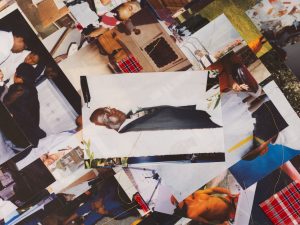
VCUarts alumna Kat Thompson (M.F.A. ’23) has found great success in her first year following her graduation from the Photography + Film M.F.A. program. She began the year as a fellow of the Hamiltonian Artist Fellowship in Washington D. C., then attended a residency at Mass MoCA where she met other artists who challenged her artistically. She ended the year with another residency at the Torpedo Factory in Alexandria, VA.
Kat shares her passion for her Caribbean culture at each of these opportunities. Please also save the date for an upcoming solo exhibition at 1708 Gallery titled Kat Thompson: A Small Place which will be on view March 7–April 20, 2025.
In this interview with Narrative Media Administrative Affairs Coordinator, Taylor Colimore, and her undergraduate student communications team, Sofia Rahnama and Taylor Winston, Kat shares advice and inspiration for emerging artists navigating the thrilling and challenging journey after graduation.
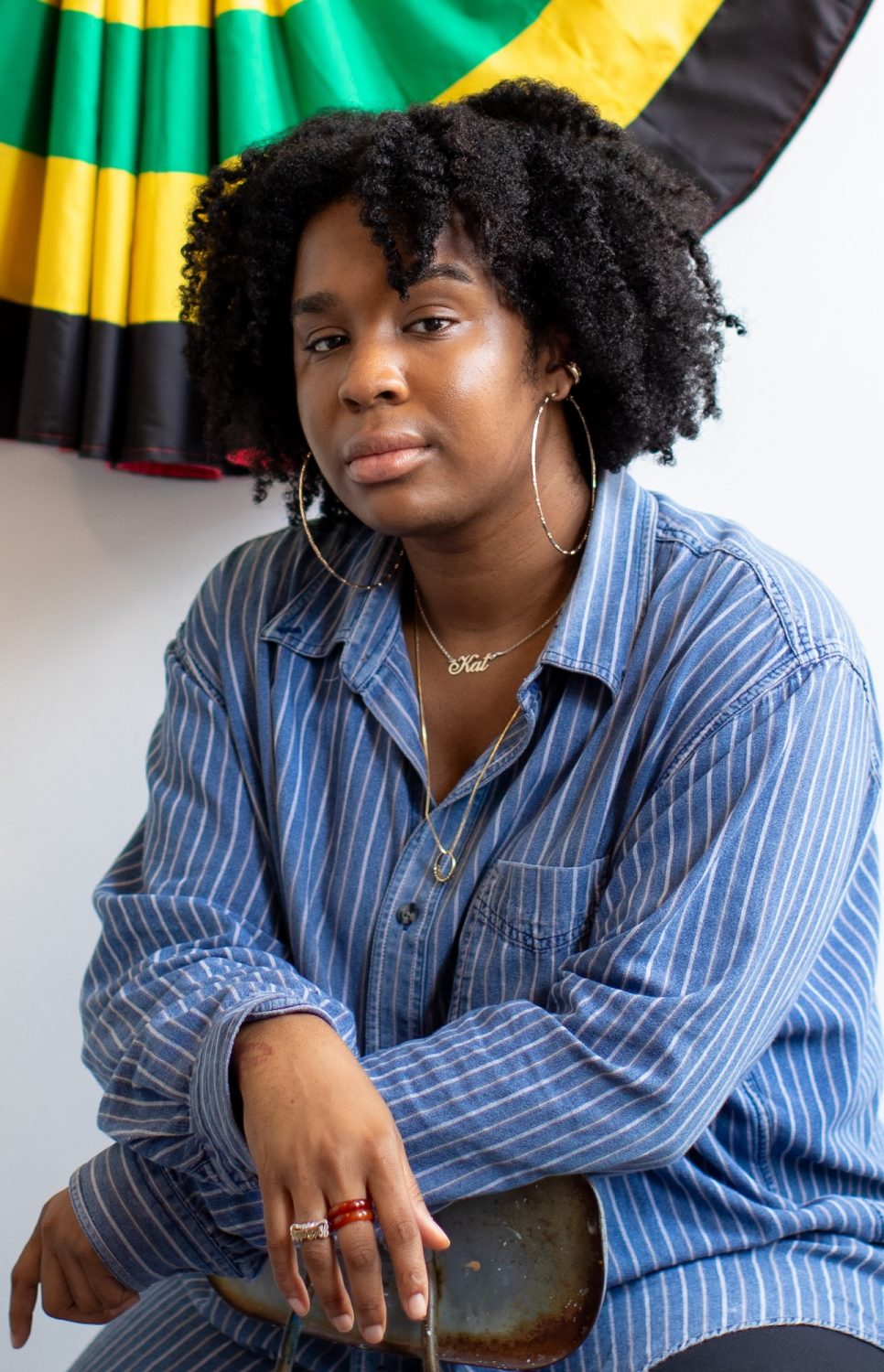
What are the main themes of your exhibition? What do they mean to you?
Kat Thompson: Throughout my practice, the theme of Identity has been very clear. Being of Caribbean heritage while living in America has always skewed my identity. Having to be a part of two cultures while still trying to understand who you potentially are is difficult to sit with. These feelings bring in other interconnected themes within my work: belonging, displacement, and memory. The feeling of not fully fitting into either culture has inspired me to examine what it means to exist in an “in-between” space—one where the past and present, homeland and adopted land, constantly overlap and inform one another. Memories, both personal and inherited, play a crucial role in how I construct and deconstruct my identity, serving as anchors that connect me to my heritage while also shaping my understanding of my place in the world. My practice seeks to explore these complexities and offer a space to reflect on the depth and struggle of navigating multiple cultural dimensions.
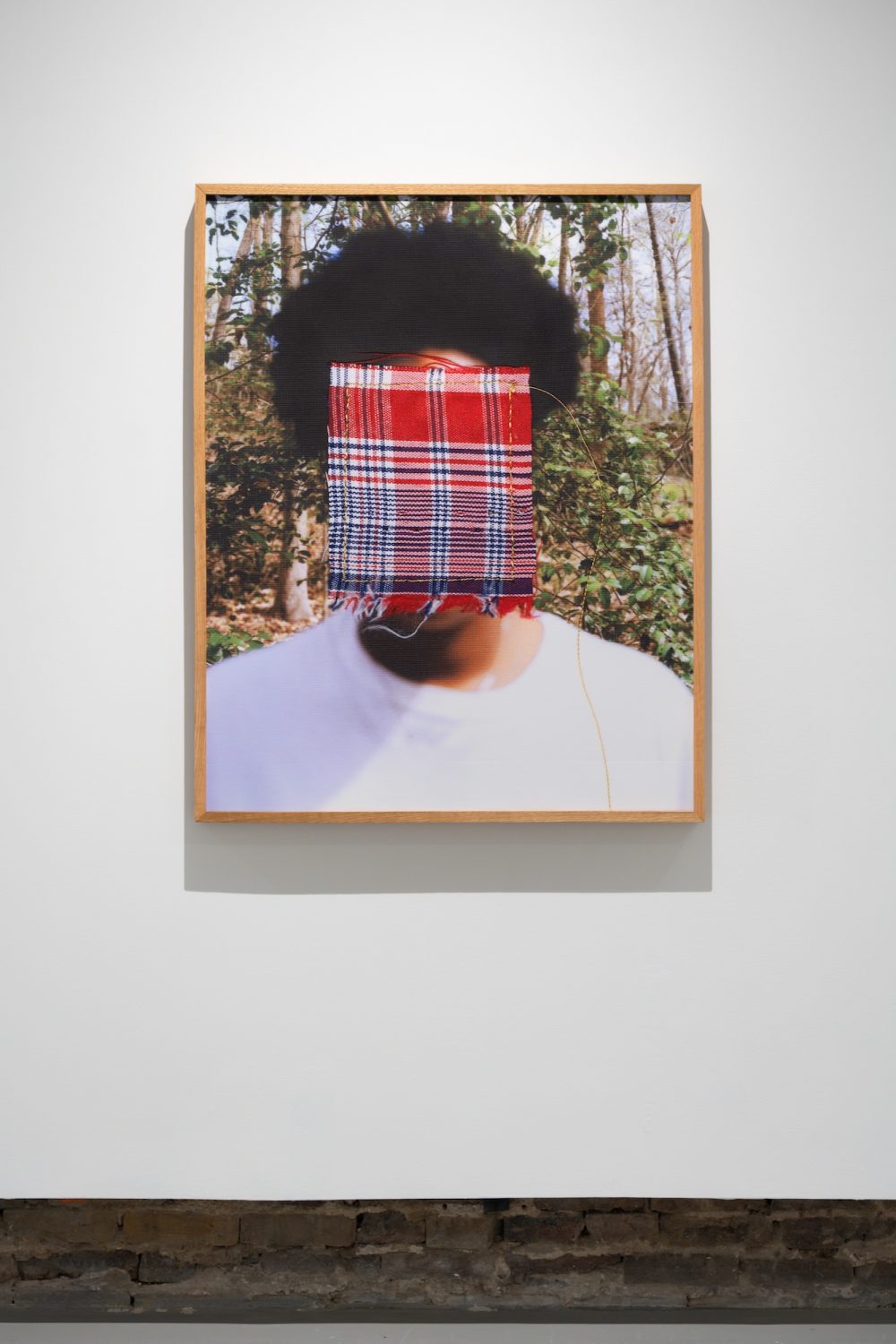
What worked well for this exhibition and what would you change if you had to do it again?
KT: The group exhibitions I have had the privilege of participating in have all shared a common thread, an exploration of questioning one’s placement within a specific space, whether that space is cultural, political, or even personal. I have had the opportunity to show my work with my fellowship at Hamiltonian Artist Gallery in DC, at Visible Records in Charlottesville, and most recently with Hamiltonian Artist at Umbrella Art in Union Market. Each exhibition has offered an opportunity to contribute my perspective as an Afro-Caribbean American, examining how cultural duality and displacement shape personal and collective experiences. These spaces have not only allowed me to question my own position within overlapping cultural and political landscapes but have also encouraged dialogue with audiences and fellow artists about the broader implications of these themes. By participating in these exhibitions, I wouldn’t have changed anything.
Through this exhibition, what have you learned about yourself and your artmaking process?
KT: These exhibitions have highlighted the importance of layering personal and collective histories in my practice. By incorporating elements like archival materials, found objects, and textiles, I’ve come to appreciate how my process not only reflects the multiplicity of my experiences. I’ve learned that my artmaking is not only an exploration of self, but also an invitation to others to reflect on their own connections to place, culture, and identity.
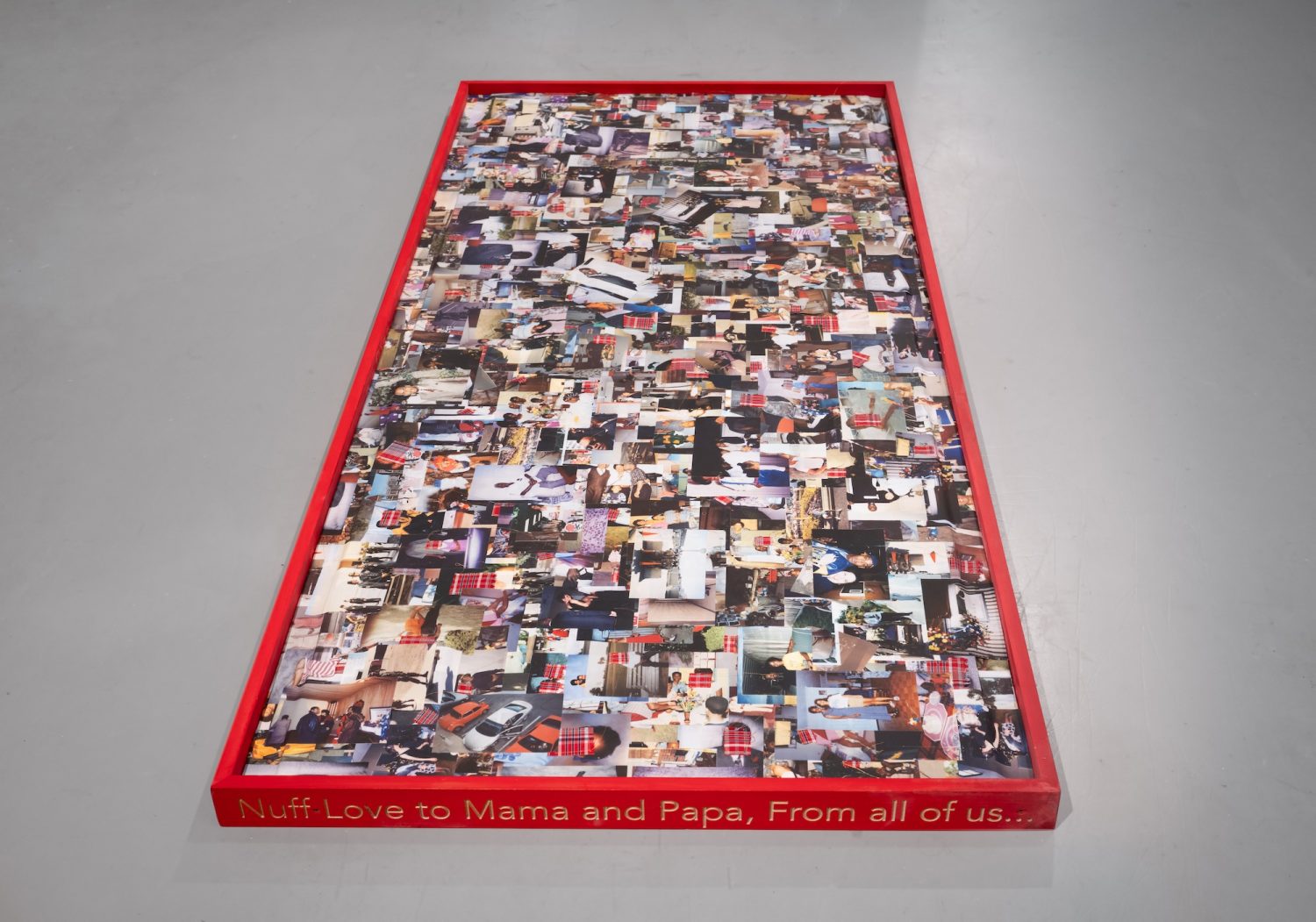
How did the viewers react to your work and how did it compare/contrast to your expectations?
KT: I’ve gotten a lot of positive reception. I expected that my work would resonate with those who share similar cultural backgrounds or have experienced displacement, but I was pleasantly surprised by how it also connected with people from different walks of life. Many viewers shared how my work made them reflect on their own experiences of navigating multiple identities or feeling caught between cultures, which was a powerful reminder of how universal these themes are. At the same time, I anticipated some initial confusion or unfamiliarity, especially for those who might not immediately relate to the cultural references or the layered aspects of my pieces. However, these moments often led to rich dialogues where people would ask questions or express curiosity, which further deepened the engagement with my work.
What advice would you give to someone hoping to exhibit their own work someday?
KT: My advice would be to start defining your voice as an artist. Research. Having this as a part of your art practice is so important, whether it is historical or material research. Build or find a community. Surrounding yourself with other creatives are what can keep you creating yourself and they always are filled with opportunities such as being able to be in an exhibition, group or solo. Always be evolving with your work. I look at my work as chapters of where I am artistically and what influenced me at the time. Stay open to feedback, be patient, and remain persistent—success takes time. Trust your journey, stay true to your vision, and celebrate every step forward.
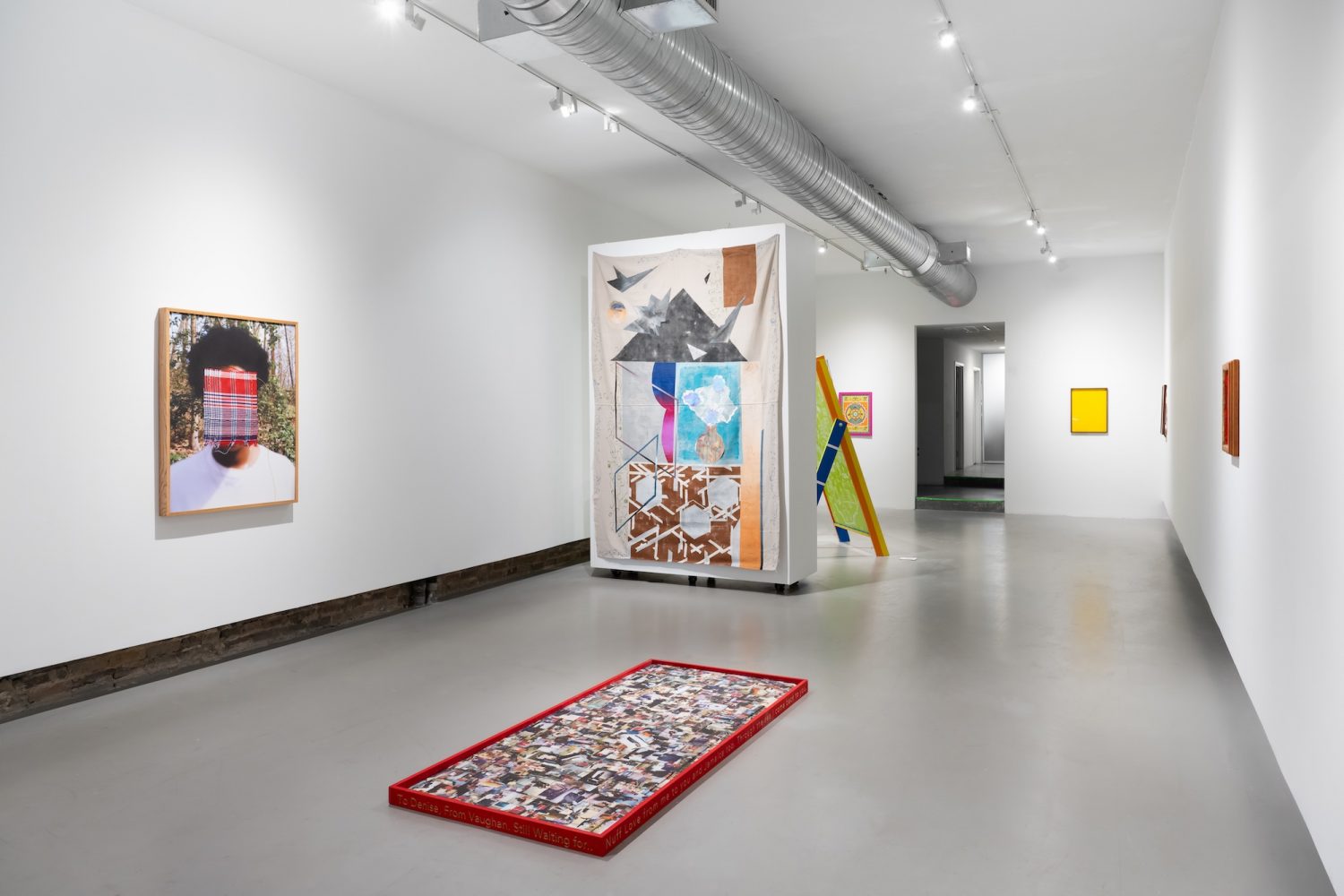
Could you speak to how your passion for your work contributes to your success? How does it show up in your career?
KT: My passion for my work is deeply rooted in being a child of immigrants, which adds a layer of personal drive to everything I do. Growing up between two cultures, my experiences of navigating identity, heritage, and belonging have become a source of constant inspiration. This passion is not something I actively think about, it’s an unspoken, almost instinctual force that shapes my practice. This shows up in my career through my dedication to the process, whether it’s crafting pieces that challenge narratives or engaging in exhibitions and collaborations that expand my perspective. The sense of connection I feel to my work and its process keeps me motivated. And through this, I had the opportunity to create a workshop with the Phillips Collection in DC and the Torpedo Factory in Alexandria, VA during my postgraduate residency. The workshops gave me the chance to show people of the community what I do but they also have the opportunity to create their own version of my artwork. Which was amazing and opened different ways of approaching what I do.
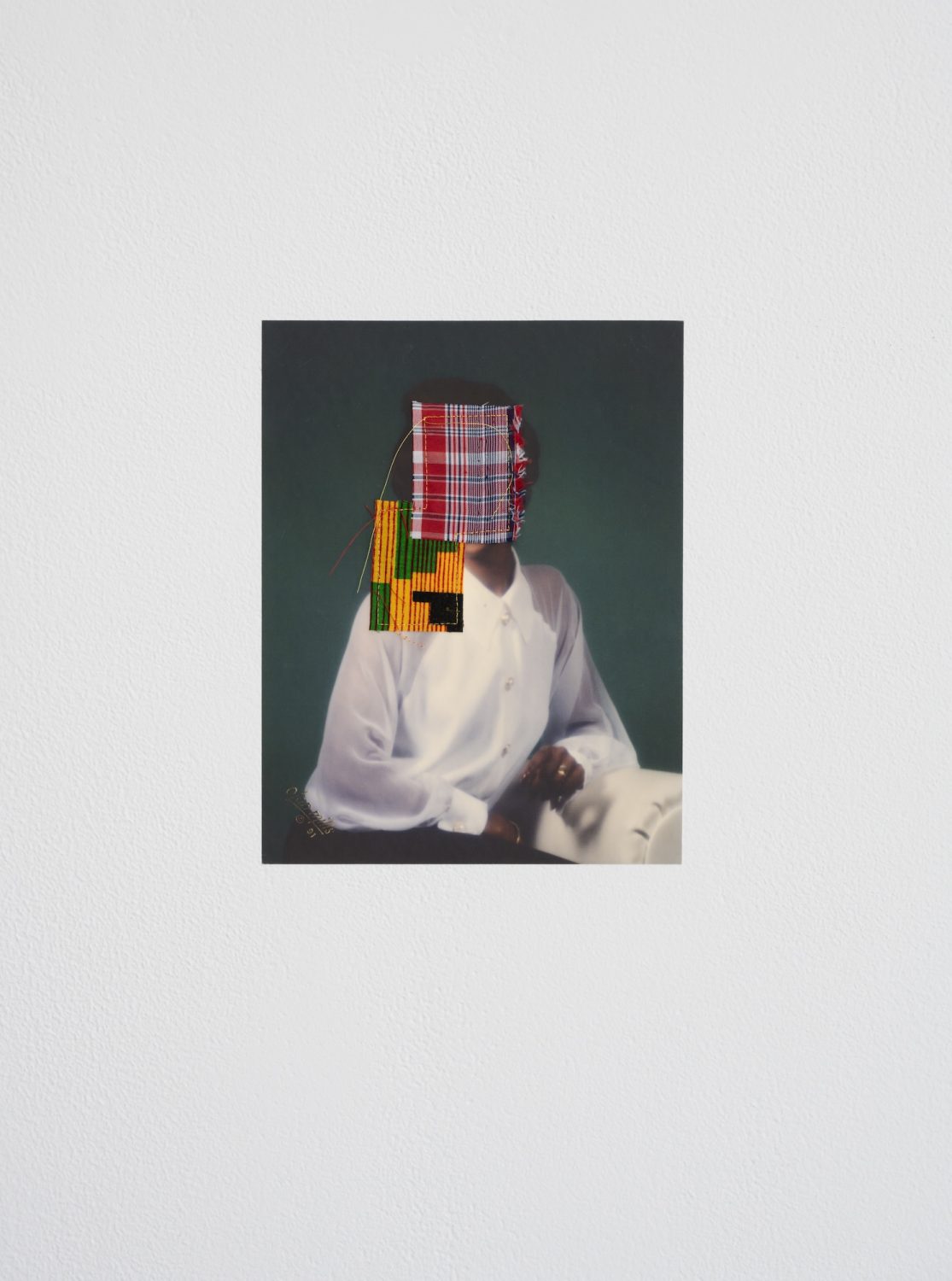
How do you handle getting rejections from opportunities you were interested in?
KT: In the beginning of my post-grad journey, rejections were difficult to swallow. There is that questioning and self-doubt of my own work/value. Whenever I get a rejection email, I always get to the final selection rounds but can’t seem to be a finalist. I try not to take it personally, they only have a certain amount of time to get to know my work, not me as an individual. But I now see it more as I wasn’t what they were looking for at that time. Then I just re-apply.
If you had to return to VCUarts as a student, how would you approach it with your experiences in mind?
KT: I don’t think I would change my experience too much. Because if I returned with a different state of mind, I wouldn’t be doing or accomplishing what I have today. However, if I had to return, I would definitely be more involved in the Richmond community. That was one of my goals initially while I was in grad school. I lived in Virginia half of my life and only experienced Richmond a couple of times prior to grad school.